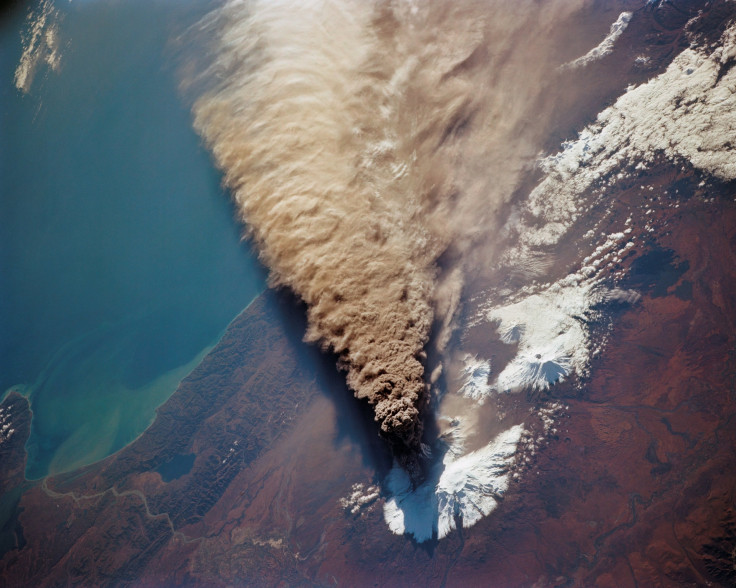Volcano Super-Eruptions: How Long Before The Next One Wipes Out Civilization?

Earth might be due for its next volcanic super-eruption, an event that would devastate the planet and wipe out civilization.
A team of scientists looked into the average time between such monstrous eruptions of volcanoes and found that these catastrophic explosions happen more often than previous scientific estimates would indicate, according to a study in the journal Earth and Planetary Science Letters. The new research put the schedule at roughly 17,000 years after the last one, although it said super-eruptions can occur as quickly as 5,200 years or as late as 48,000 years after its predecessor.
“Volcanoes pose a larger risk to human civilization than previously thought,” the study says.
The University of Bristol explained that geological evidence shows the last two super-eruptions occurred between 20,000 and 30,000 years ago.
“On balance, we have been slightly lucky not to experience any super-eruptions since then,” researcher Jonathan Rougier said in the university statement. “But it is important to appreciate that the absence of super-eruptions in the last 20,000 years does not imply that one is overdue. Nature is not that regular.”
Previous scientific estimates have calculated a range of 45,000 to 714,000 years between eruptions.
A volcanic explosion is classified as a super-eruption when it spews more than 1,000 gigatons of material into the air and onto the planet’s surface. That’s equal to 2.2 quadrillion pounds of ash, gas and rock. It’s “enough to blanket an entire continent with volcanic ash, and change global weather patterns for decades,” the university explained. “One recent assessment described them as capable of returning humanity to a pre-civilization state.”
The new timeframe for super-eruptions comes as the public, bracing for a large eruption, has been watching Mount Agung in Indonesia spit out ash and molten rock for the last few days and as scientists have warned that glaciers melting due to climate change could change the pressure on Iceland’s icy volcanoes and cause them to explode.
Activity at Mount Agung had changed by Wednesday. While the volcano had previously been upgraded to a red alert level within the Volcano Observatory Notice for Aviation, or VONA for short, it was brought back down to an orange level alert based on information from the Agung Volcano Observatory. Emissions of ash were continuing, possibly reaching as high as 16,500 feet into the air and blowing toward the southeast. There is also seismic activity, including tremors.
When volcanoes erupt, they can kill people by spitting out projectiles or triggering tsunamis, but many die in the dark clouds of rock, ash and gas known as pyroclastic flows, which move faster than people can run or drive to flee the natural disaster.
© Copyright IBTimes 2025. All rights reserved.





















